
views
Cleaning Preparation
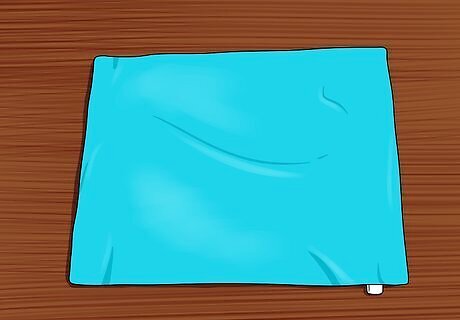
Identify your cushion fabric. Different fabrics and materials require different cleaning agents. Additionally, some fabrics should be handled or cleaned in a particular way for best results, and some might even need to be dried a particular way. Some common fabrics used in couches include: Cotton blend Leather Linen Vinyl

Check all tags for cleaning instructions. The tags on your couch or couch cushions will usually provide you with advice as to what kind of fabric you are dealing with and how that fabric can be best cleaned. Some common abbreviations you might see on your tags include: W: Use water-based detergent. S: Clean with water-free products, for example, dry cleaning solvent. WS: Either water-based cleaner or water-free cleaner is OK. X: Professional cleaning only, though vacuuming is acceptable.
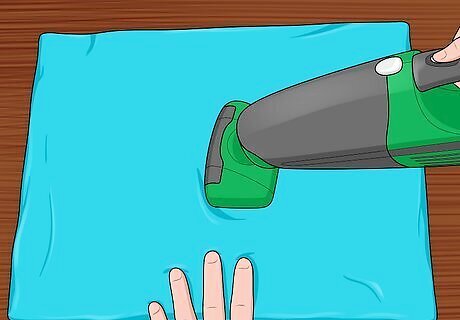
Pre-clean your cushions with a vacuum cleaner. You'll want to remove all loose dust, hair, and any other crud that may have accumulated in the nooks and crannies of your couch cushions before using any kind of liquid cleaner. For most fabric types, a vacuum cleaner can be used to remove dirt and hair. Most vacuum cleaners have one or more upholstery attachments with a soft brush attachment. Make use of these for best results. If you lack a vacuum cleaner, unzip the cushion cover, take it outside, and shake it thoroughly. Make sure to vacuum under and around the cushions, as well. Keeping your entire couch clean and free of crumbs and dust will help protect your cushions.
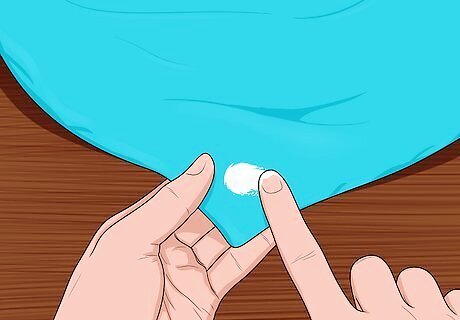
Test your cleaner before applying it. Whenever you use a new cleaner or even a cleaning agent you are familiar with on a new piece of furniture, you should test it first. Choose a small spot that is out of sight and use a small amount of cleaner to see if it will damage the fabric.
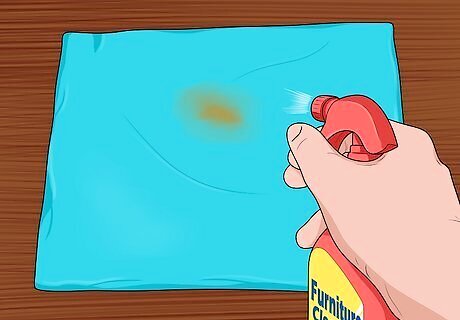
Pre-treat heavily stained or soiled areas. In most home supply or cleaning sections of stores you can find pre-wash cleaning sprays for furniture. Use these on your cushion and allow the spray to sit for as long as the label directs, or gently dab the stain with a damp sponge and mild detergent, allowing the solution to set for several minutes before moving on to the next phase in your cleaning efforts.
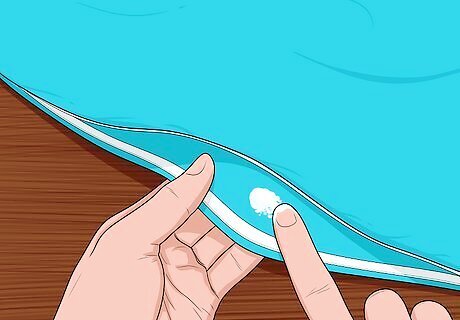
Check the cushions for color fastness. You can apply a wet paste of water and detergent to the inside of the cushion and allow it to stand for a few minutes before you rinse it off. If there is discoloration after rinsing, do not hand or machine wash the cushion. Take the cover to the dry cleaner instead.
Cleaning Removable Cushions
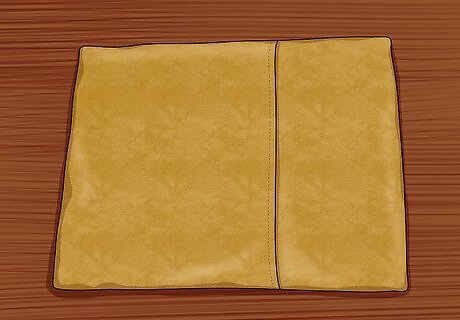
Use professional services for leather. The best and safest way to clean leather cushion covers is to make use of a professional service, like a dry cleaner. Remove the cushion cover from the cushion and take it to a cleaner of your preference. For general cleaning, you can use a commercial leather cleaner in water or equal parts white vinegar and water. Dampen a soft cloth in your solution and wipe the cushions clean. Avoid using any harsh cleaners, including bleach and ammonia-based cleaners. These can easily damage your cushion beyond repair.

Sustain your leather with a linseed solution. You should mix 1 part vinegar per 2 parts linseed oil and put this solution in a bottle. Shake it well, then rub it into your leather with a dry cloth. After 10 minutes, take a dry cloth and buff out any residual solution.
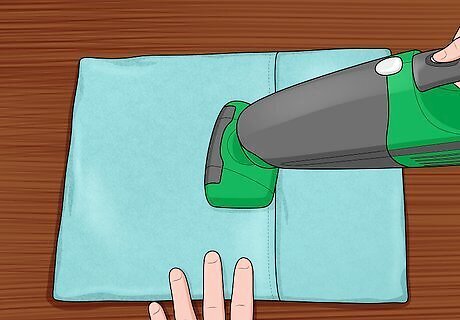
Vacuum your suede cushion covers. Suede is a material that requires attention and care to maintain. Remove your cushions from the couch to a clean area of the floor, and in a criss-cross pattern, vacuum all dust, dirt, and hair from the fabric, preferably with the upholstery attachment of your vacuum.
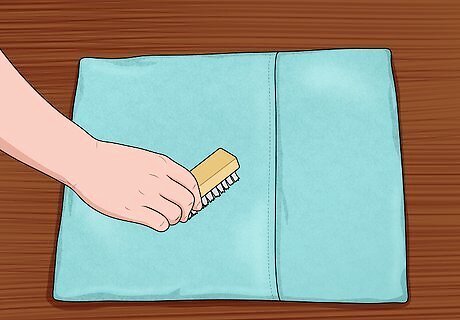
Give your suede a rub-down. There are suede rubbing cloths and suede nap brushes that you can use to polish and restore the luster of your cushion. Thoroughly and completely rub down your cushion on all sides to remove debris with your brush or cloth.
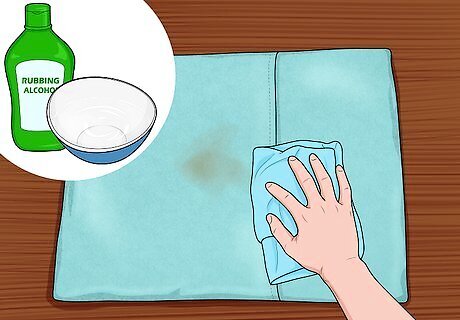
Treat suede stains with a water and alcohol solution. Create a solution with equal parts warm water and rubbing alcohol in a bottle to treat your stain. Shake the bottle vigorously to mix the solution well, and then moisten a terry cloth rag with your solution. Taking care not to apply too much solution to the fabric, lightly dab the cushion cover. Rub the stain gently in an X-shaped pattern for best results. In addition to warm water and rubbing alcohol, you can use a suede eraser or a regular pencil eraser to help rub out stains. Always rub the area down with a suede brush after using an eraser or a stain cleaning solution.
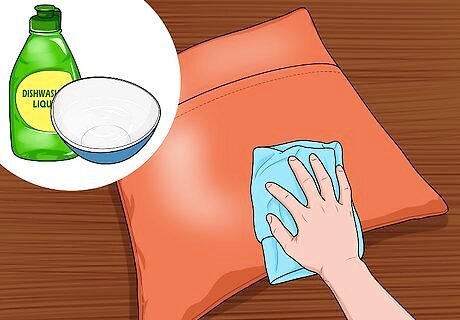
Clean vinyl covers while they’re still on your cushion. Vinyl cushion covers usually don’t have to be removed. You can wet a cleaning rag with warm water and add a cap of dish detergent to it, then wipe your cushion clean. Rinse the soap from the rag thoroughly, wring out the rag until it is only damp, and then you should wipe any remaining detergent residue from the cushion. Allow the cushion to air dry, or wipe it down with a clean towel.
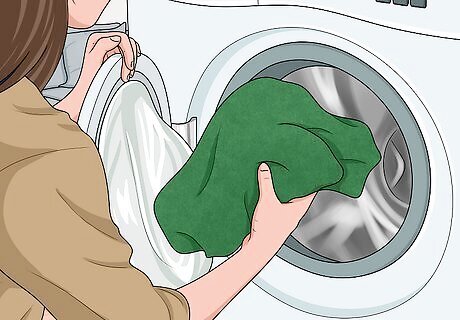
Use a washing machine when applicable. Some fabric cushion covers are machine wash friendly, though to be certain you should check cushion tags for cleaning instructions. Turn the cover inside out before placing it in the washing machine. To protect colors and the fabric, you should wash your covers on a gentle cycle in cool water unless otherwise directed by the tag or manufacturer’s instructions.
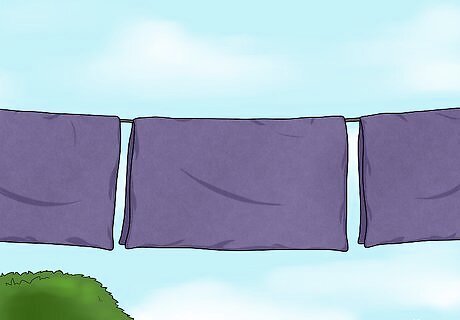
Allow the cushions to air dry. Using forced hot air to dry your cushion in a dryer may cause the cover to shrink, rendering it useless. Drape your cover somewhere warm and dry and wait until it is dry to the touch.
Cleaning Non-Removable Cushion Covers
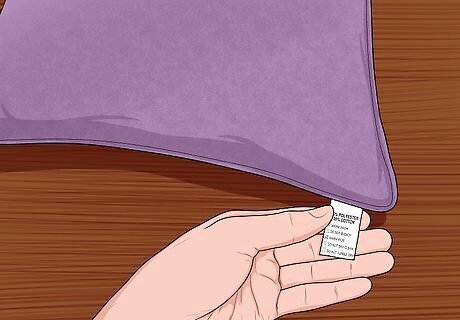
Check the tags and owner's guides. Tags are a great place to find direction for how to clean and maintain your furniture, but if these don't provide you with what you're looking for, your owner's guide might have the information you seek. Take note of solutions you can use and recommended cleaning techniques. Some common abbreviations for upholstery are: W: Use water-based detergent. S: Clean with water-free products, for example, dry cleaning solvent. WS: Either water-based cleaner or water-free cleaner is OK. X: Professional cleaning only, though vacuuming is acceptable.
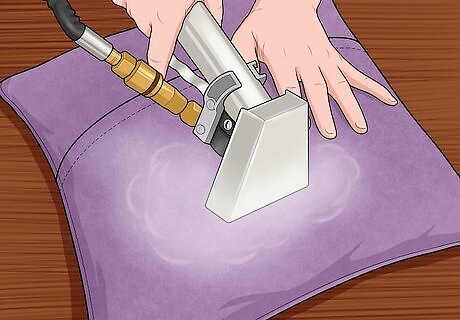
Get the right equipment for steam cleaning. A steam upholstery cleaner is specifically intended to deep-clean the fabric of your furniture and is available to rent at most local hardware stores. If you use a steam cleaner, allow your furniture extra time to dry, as the cushions take on a considerable amount of moisture through this process. Always vacuum your couch to remove loose dirt and debris before using a steam cleaner. Vacuum the couch again after the cushions and upholstery have completely dried.
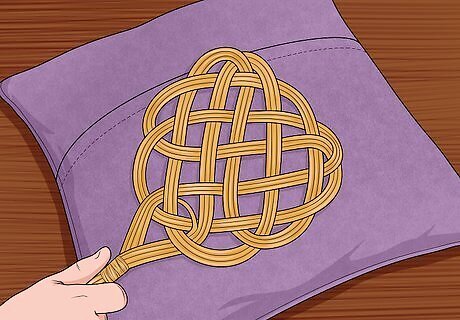
Try the old-fashioned approach with a carpet beater. Using your carpet beater, firmly whack all your cushions on both the front and back. If you lack this tool, you can also use a clean broom, but you'll first need to take your couch cushions outside and place them on a clean surface. To prevent stains from grass or outside dirt, you may want to lay down a towel or drop cloth before setting your cushions outside. This process can sometimes kick up considerable dust, so you may want to consider wearing a dust mask while doing this.
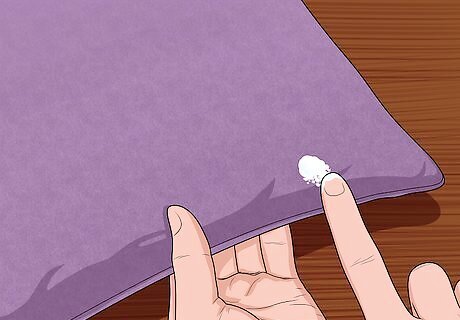
Check your cushions for color fastness. Apply a wet paste of water and detergent to the cushion and allow it to stand for a few minutes and then rinse it clean. If you notice discoloration after rinsing, you should not hand or machine wash. Take the cover to the dry cleaner instead.
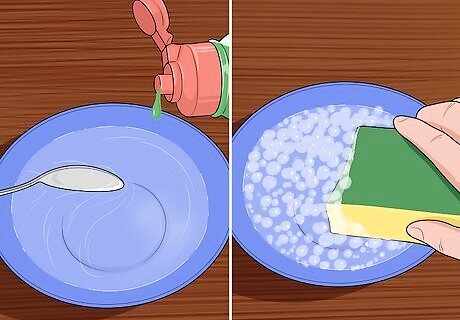
Create a dish detergent solution for cloth covers. Add equal parts mild dish detergent to cool water and agitate the solution until the soap and water mix completely to a whipped consistency. Now you can dip your sponge into the solution, wring out the excess moisture, and begin sponge-cleaning the cushion.
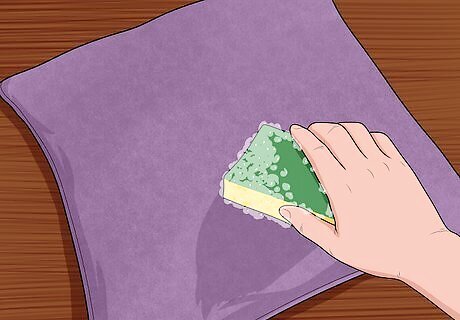
Use proper sponging technique. For most fabrics, long strokes will serve you best. Sponge the cushion from one end to the other, working against the nap to bring up stains and remove any deeply buried dirt. After your first round of sponging, you should repeat the process, only this time applying your sponge with the nap.
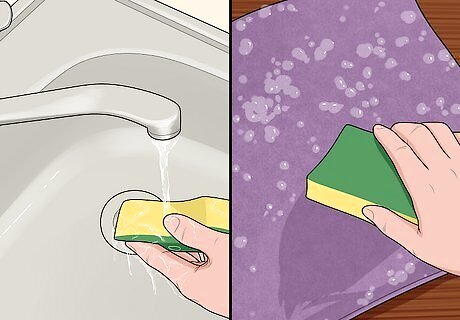
Cleanse the cushion of all remaining cleaner. Clean your sponge of any detergent it may have and moisten it with clean water. Repeat the sponging process, cleaning once with and once against the nap to remove all detergent and optimally clean the fabric of your cushion.
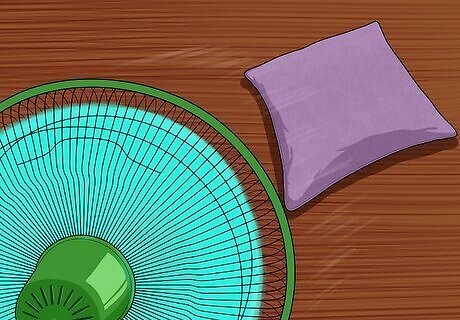
Speed the drying process with a fan. Though shock-heating treatment can cause your fabric to shrink, using a normal fan to blow dry air over your cushion will help speed the drying process. Sponge cleaning can leave your fabric considerably wet; you should allow the cushion plenty of time to dry all the way through. You can also speed up the drying process by blotting the cushions with a dry towel after you remove any remaining detergent.
Using a Dry Cleaning Solvent
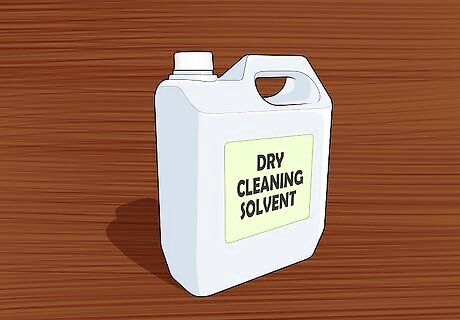
Purchase your dry cleaning solvent. This can be a little confusing, as "dry" cleaning solvent is generally sold in liquid state. The reason these solutions are so called is because these solvents are made without water. You can find these products in the home supply or cleaning section of most stores. If you cannot find something suitable in your area, an online retailer might be the way to go.

Open windows and doors. Dry cleaning solutions can have a very strong odor and can be harmful to your health if breathed in for extended periods. A ceiling or box fan blowing fumes out an open window can help dissipate this smell.
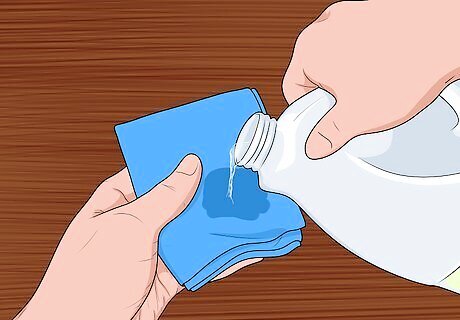
Prepare your cleaning rag. Putting your cleaner directly onto your cushion cover can do damage to the fabric, as these solutions are typically highly concentrated. To prevent this from happening, apply a small amount of cleaner to a clean rag, and follow any other instructions as directed.
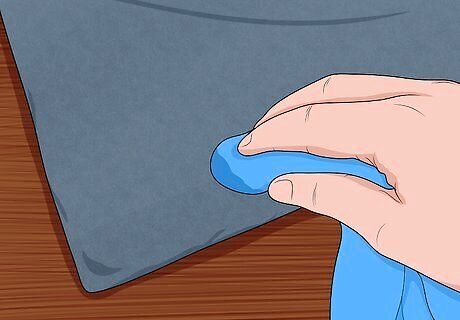
Spot-test to prevent unsightly damage. With your cleaner already applied to your rag, rub the rag on a part of the couch that is out of sight. Allow the spot to dry for about 10 minutes. After that, take a clean piece of paper towel and press it into the fabric where you applied the cleaning solution. If the paper towel picks up dye or the fabric becomes discolored, the solution you bought may be too strong.
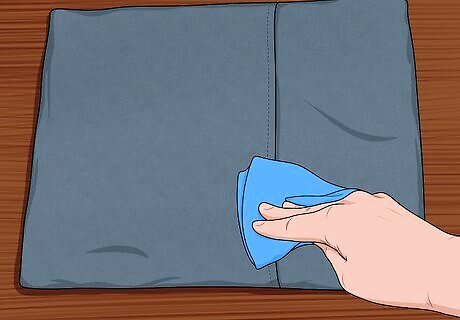
Press clean your cushion. Rubbing your rag with the solution on it against the fabric of your cushion can be too abrasive in combination with a harsh cleaning agent. Although this may take a considerable amount of time, you should press the rag and solution into the dirty/stained portions of your cushion to clean it. Do not apply too much solution to your fabric or you may cause discoloration or harm. Taking frequent breaks and allowing the cushion time to dry between applications can help prevent over-saturation.
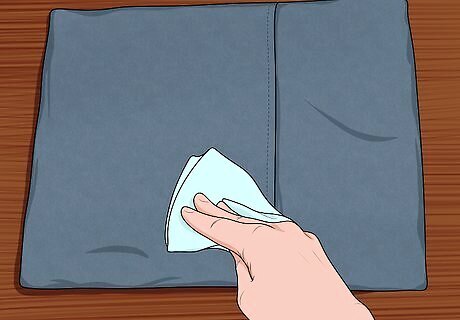
Remove the residual dry cleaner solution. Even trace amounts of dry cleaner solutions can have a negative effect if allowed to remain in the fabric of your cushions. After you have finished applying the solvent and allowed the cleaner to set for the amount of time indicated in the instructions, moisten a clean cloth and blot the areas you have cleaned. Be sure the cloth you use for blotting is only lightly damp, and rinse and wring it out regularly.













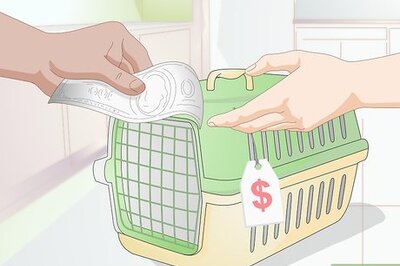
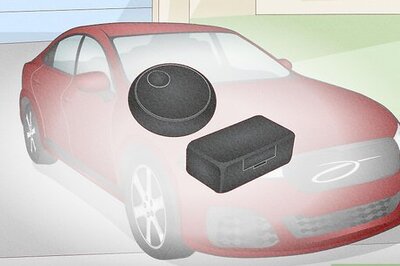



Comments
0 comment